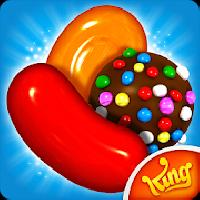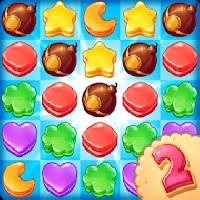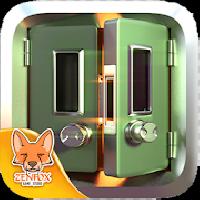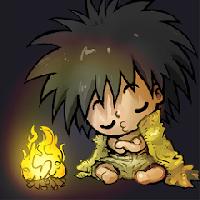|
Tips, Tricks, and Strategies for Train Games For Kids Puzzles Game:
- 1. Start with easier puzzles: Begin with puzzles that have fewer pieces or simpler designs. This will help your child build confidence and develop their problem-solving skills gradually.
- 2. Sort the pieces: Encourage your child to sort the puzzle pieces based on colors, patterns, or edge shapes. This will make it easier for them to locate the pieces they need while assembling the puzzle.
- 3. Begin with the border: Start by finding and assembling the edge pieces to create the border of the puzzle. This provides a clear framework and makes it easier to fill in the remaining pieces.
- 4. Look for distinctive features: Help your child identify unique patterns, colors, or objects within the puzzle image. These distinctive features can act as anchor points to connect different sections of the puzzle.
- 5. Work on smaller sections: Break the puzzle into smaller sections and focus on assembling one section at a time. This approach reduces overwhelm and allows your child to see progress more quickly.
- 6. Use the picture as a reference: Encourage your child to refer to the picture on the puzzle box or in the game interface. It provides visual guidance and helps them visualize the final image they are working towards.
- 7. Rotate and try different orientations: Teach your child to rotate the puzzle pieces and try different orientations. Sometimes a piece may fit perfectly when turned in a different direction.
- 8. Take breaks: If your child gets frustrated or tired, encourage them to take short breaks. This allows them to relax and come back with a fresh perspective.
- 9. Celebrate achievements: Celebrate each completed puzzle as an accomplishment. Positive reinforcement motivates children and makes the experience enjoyable.
- 10. Gradually increase difficulty: As your child becomes more comfortable with puzzles, gradually introduce more challenging ones with a higher number of pieces or more intricate designs.
|






















